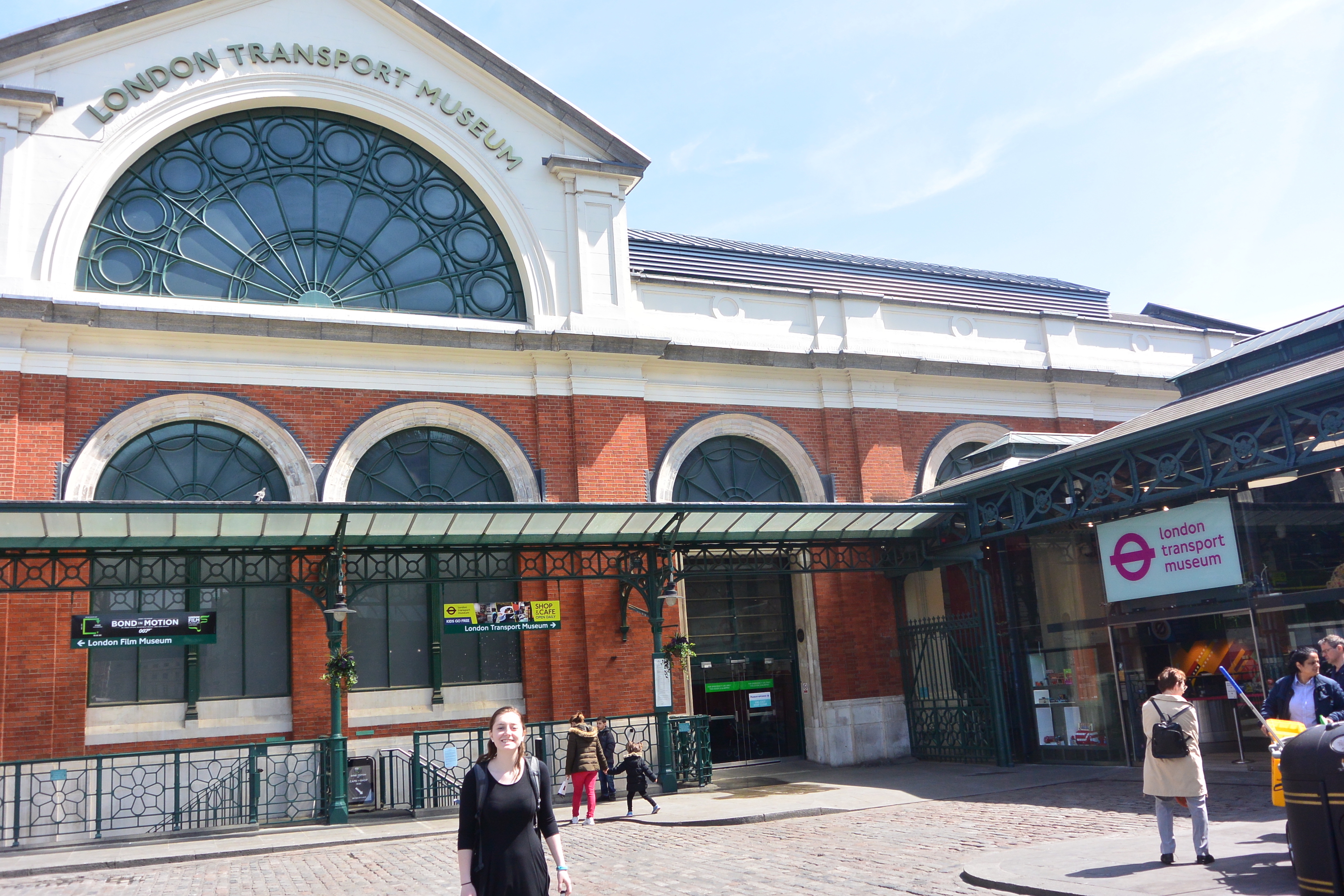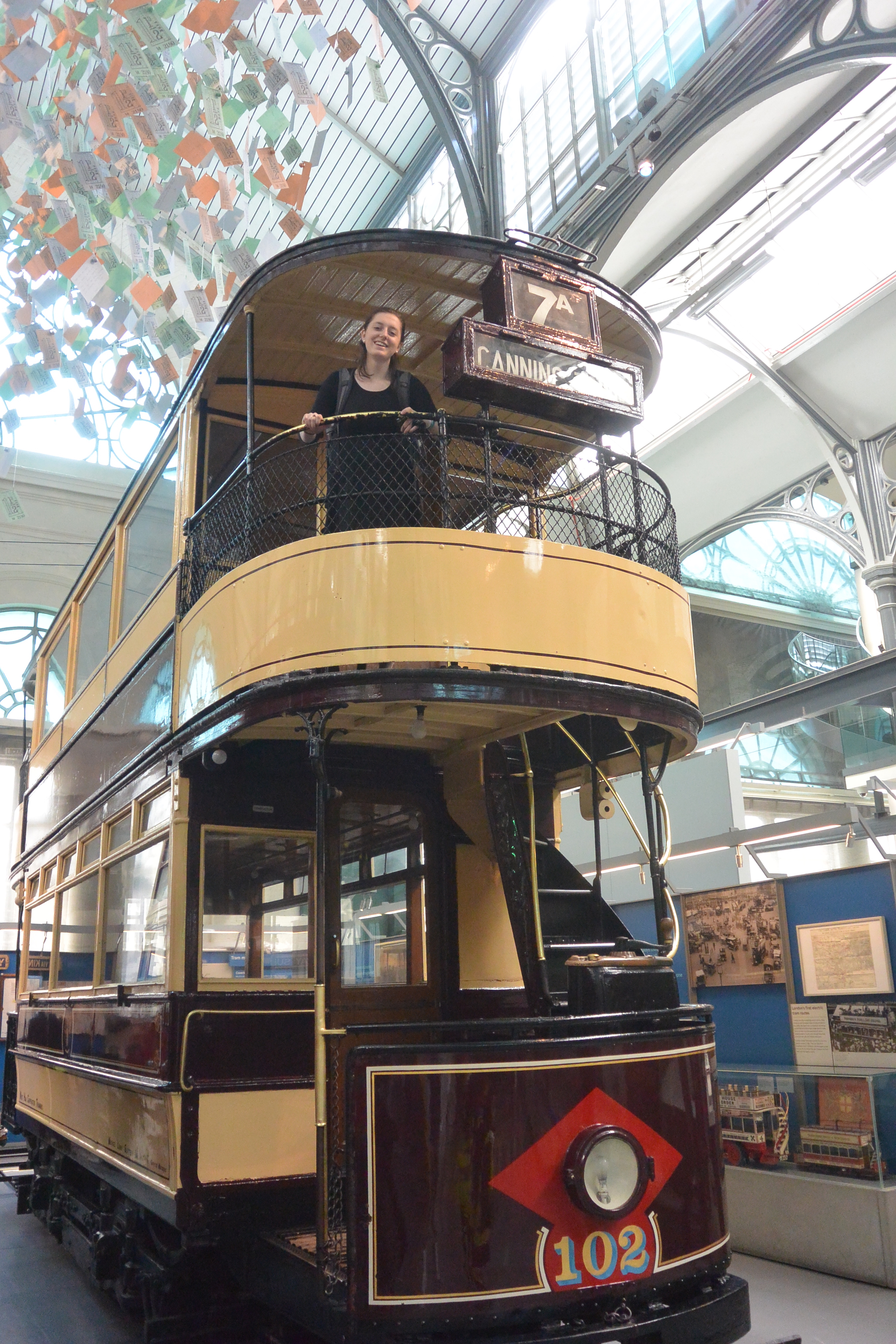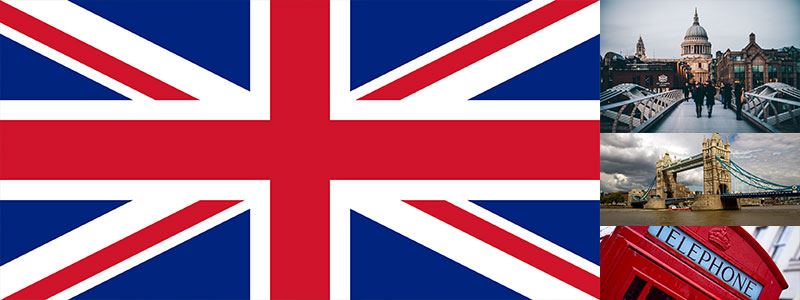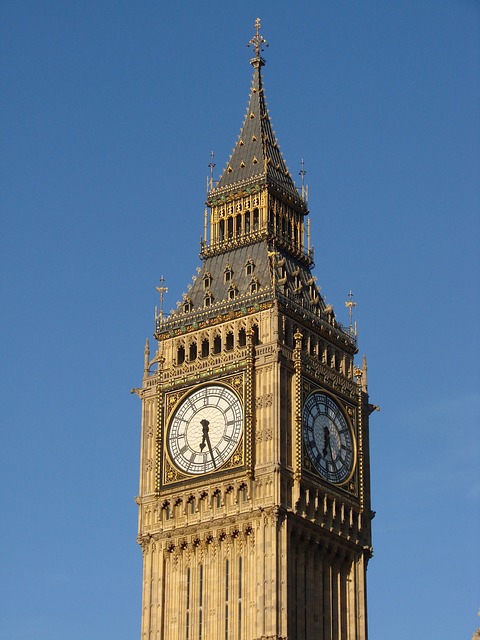Difference between revisions of "Transportation Museum"
From Londonhua WIKI
Akacherski (talk | contribs) (→Buses) |
Akacherski (talk | contribs) (→Trams) |
||
| Line 31: | Line 31: | ||
Trams were added as a response to London's housing situation in 1889 by the London County Council (LCC). It was a fast, cheap method to get people out of overcrowded London to work and other places The first line was opened in 1903 between Westminster and Tooting. These trams are essentially buses that ran on electricity and did not have to wait in traffic. | Trams were added as a response to London's housing situation in 1889 by the London County Council (LCC). It was a fast, cheap method to get people out of overcrowded London to work and other places The first line was opened in 1903 between Westminster and Tooting. These trams are essentially buses that ran on electricity and did not have to wait in traffic. | ||
| − | [[File: | + | [[File: 1587.JPG|x350px|right|thumb|frame|Electric Tram]]<br> |
<br> | <br> | ||
Revision as of 19:53, 10 May 2017
London Transport Museum
 London Transport Museum, Convent Gardens | |
| Established | 1980; 37 years ago |
|---|---|
| Location | Covent Gardens, London, WC2E, United Kingdom |
| Director | Sam Mullins |
| Website | www.ltmuseum.co.uk |
Overview
The London Transport Museum was established in 1980 to explain the transport history of London. It has two sites: the main site in Covent Gardens, and the London Transport Museum Depot on Acton. This museum covers all aspects of transportation in and around London including busses, trains, trams, and boats.
Contents
Buses
The London bus dates back to 1829 with the introduction of the omnibus. It held 22 passengers and had only one route. This bus would often get crowded so they had the revelation of adding seats to the roof, creating the first double decker bus. As they gained popularity, features were added to them such as a roof on the second deck.
The Underground
Trams
Trams were added as a response to London's housing situation in 1889 by the London County Council (LCC). It was a fast, cheap method to get people out of overcrowded London to work and other places The first line was opened in 1903 between Westminster and Tooting. These trams are essentially buses that ran on electricity and did not have to wait in traffic.
Gallery
References
If appropriate, add a references section
External Links
If appropriate, add an external links section




